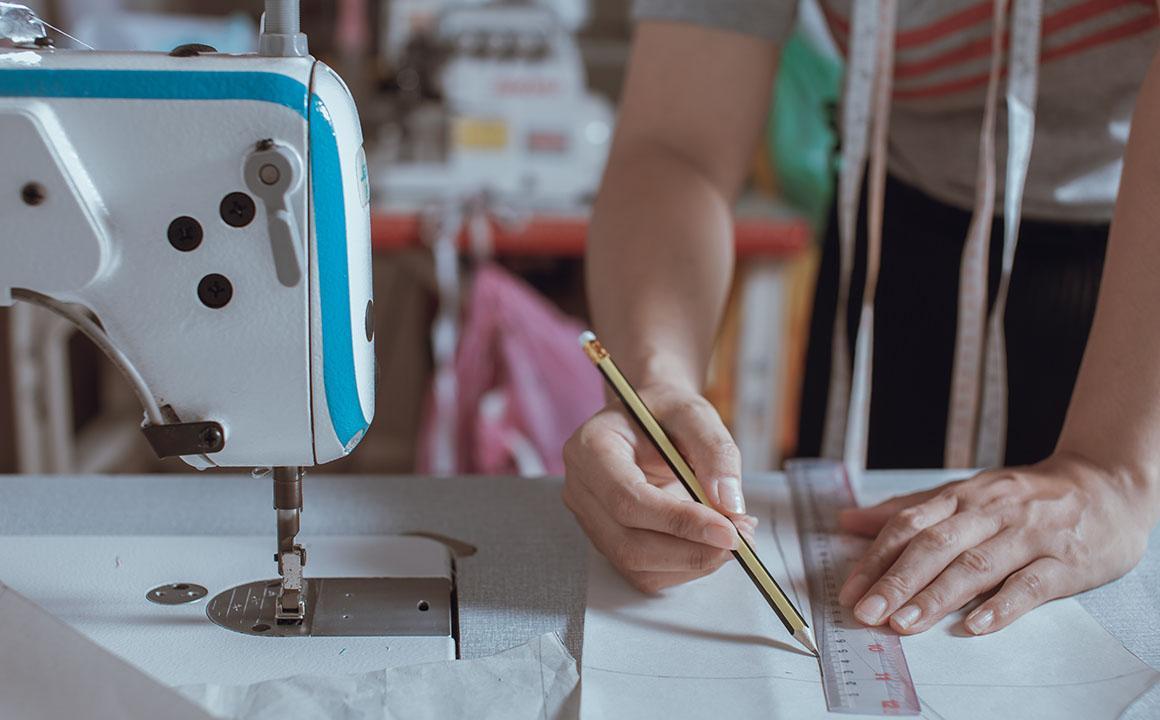The Geometry of Fashion: How Mathematics Shapes the Design Process

Are you a parent or teacher searching for a fun and engaging way to help kids with math? Look no further than the exciting world of fashion design! While fashion and mathematics may seem like two very different fields, they actually intersect in fascinating ways.
The geometry of fashion plays a significant role in the design process, from the cut and construction of garments to the patterns and prints used in textiles. In this article, we’ll be exploring the geometry of fashion and how mathematics shapes the design process.
How Geometric Shapes Are Used in Fashion
The concept of geometry lies in the art of fashion design. Geometric shapes like squares, triangles, and circles are fundamental building blocks in clothing construction. These shapes provide the foundation upon which designers can create intricate patterns, lines, and shapes that make up the garments we wear. The following are different geometric shapes and the ways they’re used in fashion:
1. Triangles
One of the most well-known geometric shapes in fashion is the triangle. Triangles are used in a variety of ways, from creating sharp angles and points to adding dimension and texture. Many designers use triangles to create patterns that are both aesthetically pleasing and functional. For example, a triangle-shaped pattern can be used to create a pointed collar or to add texture to a piece of fabric.
2. Circles
Another geometric shape commonly used in fashion design is the circle. Circles are used to create curves and soft edges in garments. Designers often use circles to create ruffles, drapes, and pleats, as well as to add decorative elements to a piece of clothing. The circle’s symmetrical nature makes it an excellent choice for creating repetitive patterns that can be used to create interest and movement in a garment.
3. Rectangles and Squares
Rectangles and squares are also crucial shapes in fashion design. These shapes are often used to create structure and form in clothing. For example, a square-shaped pattern can be used to create a boxy jacket or a structured skirt. Meanwhile, rectangles are often used to create straight lines and clean edges, which makes them an essential component of many garment designs.
Mathematics and Measurement
Mathematics plays a crucial role in precise measuring required to ensure a garment fits properly. Designers use mathematical formulas to calculate the correct proportions and measurements required for each garment. For example, designers take into account the size and shape of the human body, as well as the elasticity of different fabrics, to create a garment that fits properly.
Mathematics is also used in the closing production process. Manufacturers use precise calculations to ensure that each garment is cut and sewn to the correct size and shape. Even a small miscalculation can result in a poorly fitting garment, which can lead to dissatisfaction and returns from customers.
The use of technology in fashion design has also brought mathematics to the forefront. Many designers use 3D modeling software to create digital prototypes of their designs. These software programs use complex mathematical algorithms to create three-dimensional representations of a garment. This approach allows designers to see how it will look and fit before it is even produced.

Final Thoughts
From the geometric shapes used in clothing construction to the precise measurements required for a perfect fit, mathematics plays a vital role in fashion design. Fashion designers must have a strong understanding of mathematics and geometry to create garments that are both aesthetically pleasing and functional. Hence, if your child is hoping to pursue a career in fashion, ensuring they have a strong foundation in mathematics is a great way to help them get started.
Share via:





Leave a Comment